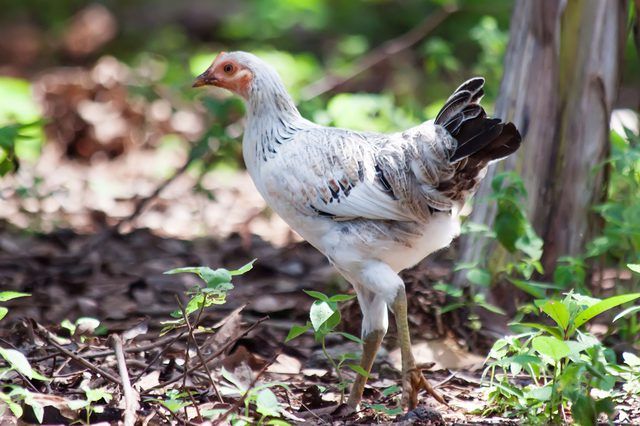Bulbs
Flower Basics
Flower Beds & Specialty Gardens
Flower Garden
Garden Furniture
Garden Gnomes
Garden Seeds
Garden Sheds
Garden Statues
Garden Tools & Supplies
Gardening Basics
Green & Organic
Groundcovers & Vines
Growing Annuals
Growing Basil
Growing Beans
Growing Berries
Growing Blueberries
Growing Cactus
Growing Corn
Growing Cotton
Growing Edibles
Growing Flowers
Growing Garlic
Growing Grapes
Growing Grass
Growing Herbs
Growing Jasmine
Growing Mint
Growing Mushrooms
Orchids
Growing Peanuts
Growing Perennials
Growing Plants
Growing Rosemary
Growing Roses
Growing Strawberries
Growing Sunflowers
Growing Thyme
Growing Tomatoes
Growing Tulips
Growing Vegetables
Herb Basics
Herb Garden
Indoor Growing
Landscaping Basics
Landscaping Patios
Landscaping Plants
Landscaping Shrubs
Landscaping Trees
Landscaping Walks & Pathways
Lawn Basics
Lawn Maintenance
Lawn Mowers
Lawn Ornaments
Lawn Planting
Lawn Tools
Outdoor Growing
Overall Landscape Planning
Pests, Weeds & Problems
Plant Basics
Rock Garden
Rose Garden
Shrubs
Soil
Specialty Gardens
Trees
Vegetable Garden
Yard Maintenance
How to Get Rid of Grasshoppers
How to Get Rid of Grasshoppers. Grasshoppers are insects that can be identified by their long legs that bend higher than the body, bright green or brownish color, and their antennae, which are shorter than the length of the body. Grasshoppers are considered garden pests because they feed on grass, leaves and fruit and can do significant damage to...
Grasshoppers are insects that can be identified by their long legs that bend higher than the body, bright green or brownish color, and their antennae, which are shorter than the length of the body. Grasshoppers are considered garden pests because they feed on grass, leaves and fruit and can do significant damage to plants and flowers. Learn to control grasshoppers before they take control of your garden.
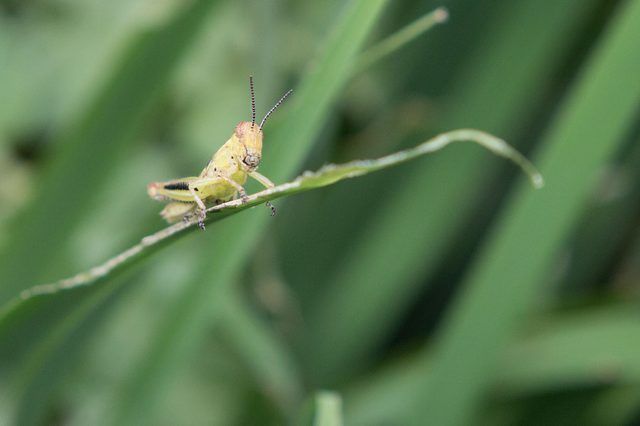
Things You'll Need
Cilantro
Garlic
Mineral oil
Strainer
Nosema locustae
Chickens
Step 1
Plant cilantro on the borders of your garden to keep grasshoppers out. Grasshoppers can't stand the smell of cilantro, and professional gardeners plant cilantro around their gardens specifically to keep grasshoppers from eating their crops. You can purchase cilantro plants at your local nursery or garden supply store.
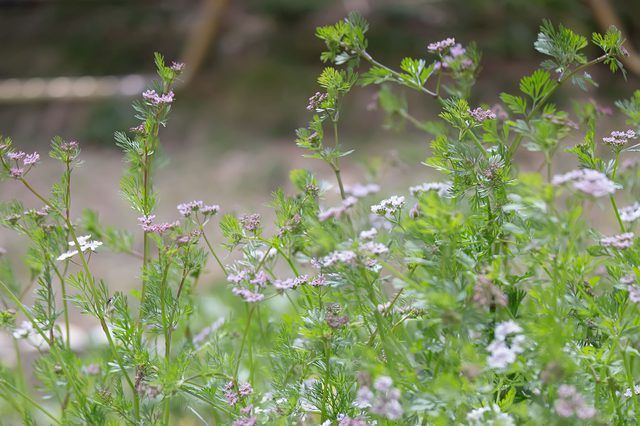
Step 2
Spray garlic oil on any plants you don't want grasshoppers to devour. In a bowl, add three ounces of finely chopped garlic with one ounce of mineral oil. Let the solution soak overnight, then strain it with cheesecloth or a strainer. In a clean spray bottle, add one pint of water and 2 tbsp. of the garlic oil solution. Shake thoroughly, then spray on your plants. Spray the solution on the plants again every time it rains.
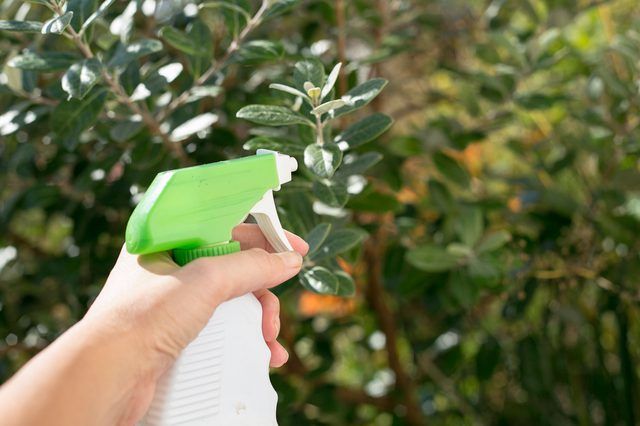
Step 3
Place molasses glass traps throughout your garden. Dig several holes in your garden just large enough to place an entire glass jar inside, so the lip of the jar is at ground level. Add one part molasses and 10 parts water to the jar, then mix thoroughly. The grasshoppers will be attracted to the jars because of the molasses smell but will fall in and drown. Clean and replace the traps every few weeks as necessary.
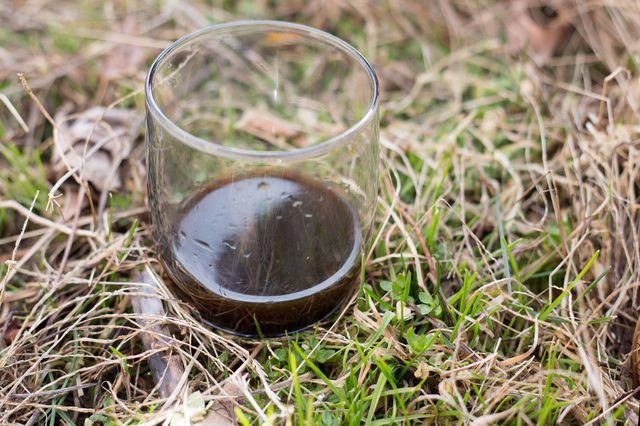
Step 4
Purchase Nosema locustae combined with meal to infect and eventually kill the grasshoppers. Nosema locustae is a parasite that kills grasshoppers--grasshoppers are cannibals, so when an infected grasshopper is eaten, the grasshoppers who ate it will also be infected. Apply one to two pounds of Nosema locustae per acre. You can purchase Nosema locustae at your local nursery or garden supply store.
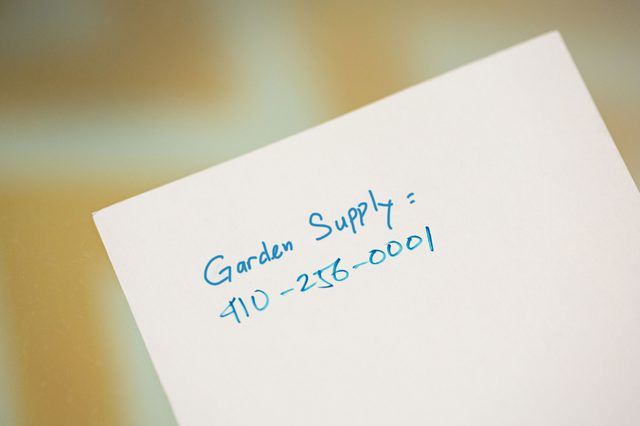
Step 5
Keep chickens in your yard. Chickens are natural predators of grasshoppers and will keep your entire yard and garden grasshopper-free as long as they are living there.
